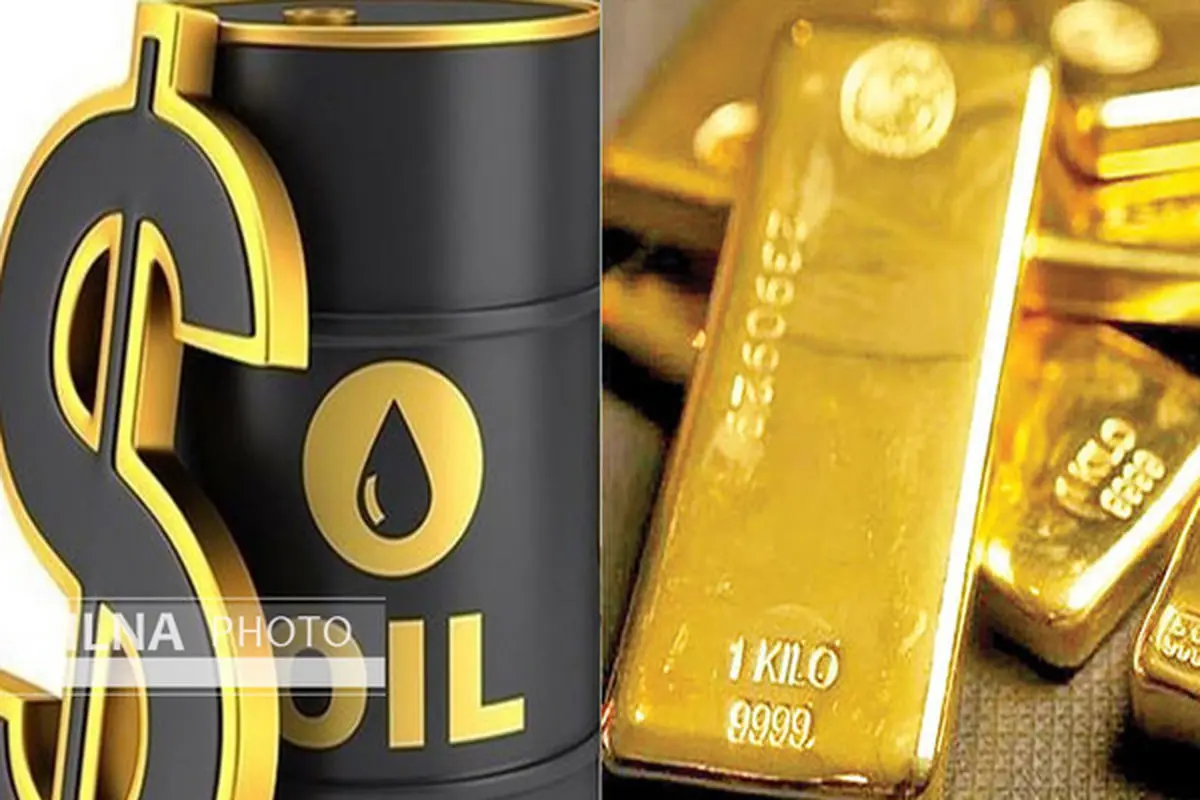Oil hits highest level in one year

Oil prices hit its highest in a year on Friday, closing in on $60 a barrel, supported by economic revival hopes and supply curbs by producer group OPEC and its allies.
Oil was also supported as U.S. stock markets hit record highs on signs of progress towards the more economic stimulus, while a closely watched jobs report confirmed the labor market was stabilizing.
U.S. employment growth rebounded moderately in January and job losses in the prior month were deeper than initially thought, underscoring an urgent need for additional relief money from the government. President Joe Biden’s drive to enact a $1.9 trillion coronavirus aid bill gained momentum on Friday.
Brent crude settled 0.85% higher at $59.34 per barrel. U.S. West Texas Intermediate crude settled 1.1% higher at $56.85 per barrel. The contract hit its highest level since Jan. 22 and posted its best week since October.
“Brent is eyeing the $60 level now that OPEC+ has successfully eased most supply-side concerns and optimism on the COVID front improves globally,” said Edward Moya, senior market analyst at OANDA in New York.
“The fundamentals remain solid for crude, but a consolidation seems likely given the recent runup.”
Brent is on track to rise more than 6% this week. The last time it traded at $60 a barrel, the pandemic had yet to take hold, economies were open and people were free to travel, meaning demand for gasoline, diesel, and jet fuel were much higher.
The rollout of COVID-19 vaccines, however, is fuelling hopes of lockdowns being eased, boosting fuel demand. But even demand optimists such as OPEC do not expect oil consumption to return to pre-pandemic levels until 2022.
“What is really helping the market today, and is a more valid reason for the price rise we see, once again comes from Saudi Arabia and its top firm, Aramco,” said Rystad Energy’s head of oil markets Bjornar Tonhaugen.
Aramco raised its Arab Light official selling price (OSP) to Northwest Europe by $1.40 a barrel from the previous month. The move could be a signal that Saudi Arabia is more confident in the outlook for oil demand, which is fueling bullish sentiment in the market, Tonhaugen said.
Oil also gained support from supply curbs by producers. OPEC and its allies, collectively known as OPEC+, stuck to their supply tightening policy at a meeting on Wednesday. Record OPEC+ cuts have helped to lift prices from historic lows last year.
“OPEC+ discipline has been a real positive,” said Michael McCarthy, chief market strategist at CMC Markets.
Further boosting the market, a weekly supply report showed a drop in U.S. crude inventories to their lowest since March, suggesting that output cuts by OPEC+ producers are having the desired effect.
END
